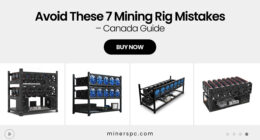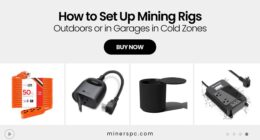When it comes to choosing the right pair of headphones in Canada, you’re not just buying a listening device—you’re choosing to elevate your daily experience, whether that’s work, music, gaming, or podcasting. And at the center of that choice lies a pivotal decision: open-back vs closed-back headphones.
Both styles come with distinct strengths and compromises, and the “better” choice depends on your environment, preferences, and goals. So if you’re comparing options for immersive audio or crystal-clear production, this expert breakdown will help you make an informed decision—Canadian style.
Understanding the Core Difference
The distinction between open-back and closed-back headphones is all about design—and how that design affects sound quality, isolation, and comfort.
- Open-back headphones have ventilated ear cups that allow air and sound to pass through. This creates a more natural, spacious audio experience.
- Closed-back headphones are sealed around the ear, preventing sound from escaping or external noise from entering, making them ideal for private or on-the-go listening.
Let’s explore how these choices stack up in different scenarios—and which headphones Canadians should consider in 2025.
Open-Back Headphones: For Pure, Spacious Sound
If your top priority is audio fidelity, open-back headphones are the clear winner. They deliver a wide soundstage, making music feel like it’s happening around you rather than just inside your head. This makes them popular among audio professionals, musicians, and serious audiophiles.
Take the Audio-Technica ATH-R70XA, for instance. Designed for critical mixing and long listening sessions, it offers precise imaging without the pressure build-up that some closed headphones cause. Similarly, the Sennheiser HD 600 is a gold standard for studio use, with open dynamic drivers that produce natural tones and refined detail.
Another standout in this category is the FiiO FT7. Its planar magnetic design and carbon fiber build are engineered for audiophiles seeking extreme accuracy in mid and high frequencies. It’s particularly compelling for Canadians who love classical, acoustic, or instrumental music.
Expert Tip: Open-back headphones are perfect for quiet environments—like a home studio in Toronto or a cottage retreat in Muskoka. But avoid them on your morning GO Train commute—they leak sound and let external noise in.
Closed-Back Headphones: For Privacy and Power
If you’re looking to block out the world and keep your sound contained, closed-back headphones are your best bet. They’re excellent for commuting, casual listening, gaming, and tracking in noisy environments.
The Audio-Technica ATH-M50x is a long-time favourite among DJs and producers for its deep bass response and tight sound isolation. Whether you’re working in a shared office or editing content in a busy household, it gives you clarity without distraction.
Similarly, the SIVGA ANSER, though styled like an open-back, behaves more like a hybrid with deeply immersive drivers and a natural wood finish that balances aesthetic with functionality. For those who need rich audio with some ambient control, it offers an appealing middle ground.
The Linsoul Kiwi Ears Ellipse also deserves a shoutout. While designed with an open-back layout, its studio-grade build makes it suitable for controlled monitoring while still offering enough immersion for casual gaming and media production.
Comparing Comfort and Wearability
In Canada’s varying climates, comfort is non-negotiable—especially when you’re wearing headphones for hours.
- Open-back models like the Philips Fidelio X2HR excel in breathability. They allow airflow and reduce ear heat, making them perfect for long sessions at home or in well-heated interiors during Canadian winters.
- Closed-back options can trap heat over long periods, but models like the Sennheiser HD 490 PRO Plus include extra ear pads and breathable materials to improve extended comfort.
If portability is a factor, closed-back headphones are generally more rugged and travel-friendly. But if you’re setting up a fixed workstation in Montreal or Edmonton, you’ll likely appreciate the open-back’s ergonomic design and lighter pressure.
Use Cases: Which Type Is Right for You?
Music Production or Mixing
Open-back headphones like the Audio-Technica ATH-R50X or the Sennheiser HD 600 are trusted by sound engineers for their precision and transparency. You’ll hear exactly what’s in the mix—nothing more, nothing less.
Gaming and Streaming
If you’re a Twitch streamer or an esports enthusiast, closed-back headphones can block out distractions. However, audiophile gamers might enjoy the open soundstage of models like the Kiwi Ears Ellipse for immersive directional cues.
Commuting or Working in Public
Closed-back headphones are essential here. The Audio-Technica ATH-M50x is a reliable travel companion, delivering isolation on noisy subways or café environments.
Audiophile Listening at Home
This is where open-back headphones shine. Models like the FiiO FT7 and Philips Fidelio X2HR bring high-fidelity bliss to jazz, orchestral, and ambient genres.
Personal Perspective: My Dual Setup
As a longtime audio reviewer based in Canada, I keep two headphones on rotation—an open-back for morning mixes and closed-back for afternoon edits. When I first tried the Audio-Technica ATH-R70XA, I was blown away by the spatial clarity. But when my neighbor started renovations, I switched to the ATH-M50x to keep my sessions distraction-free.
The key takeaway? If your needs span multiple environments, consider owning both types for flexibility.
Final Thoughts: Sound That Suits Your Space
In the open-back vs closed-back debate, there’s no universal “better” choice—only the best fit for your lifestyle. Think about where and how you’ll use your headphones. Are you isolating in a bustling Vancouver co-working space? Or sipping espresso while mixing tracks in a quiet Halifax apartment?
The good news is: the Canadian market is packed with exceptional options for every preference, budget, and level of listening.
Looking for the perfect pick? Explore the top recommendations below while they’re still available – these won’t stay in stock for long.
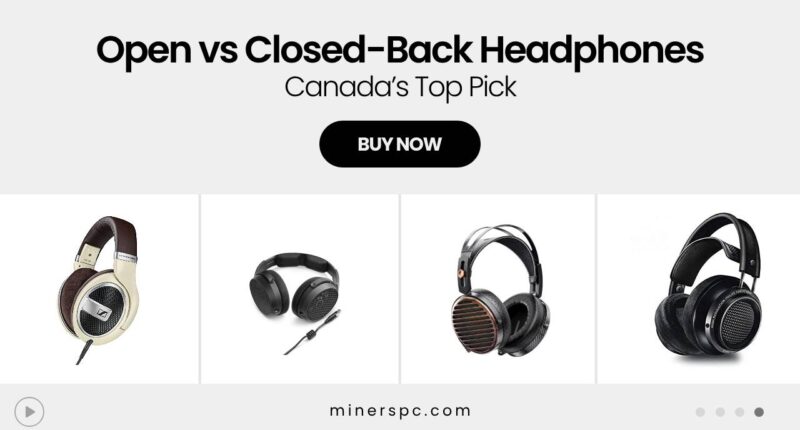
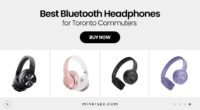











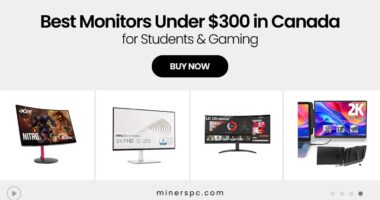

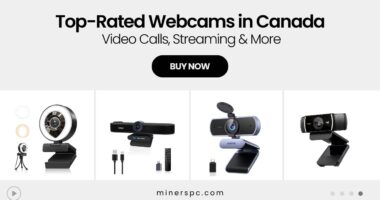
![Best Prebuilt PCs in Canada for Work, School & Gaming [2025 Guide]](https://www.minerspc.com/wp-content/uploads/2025/07/best-prebuilt-pcs-in-canada-for-work-school-gaming-2025-guide-260x140.jpg)

